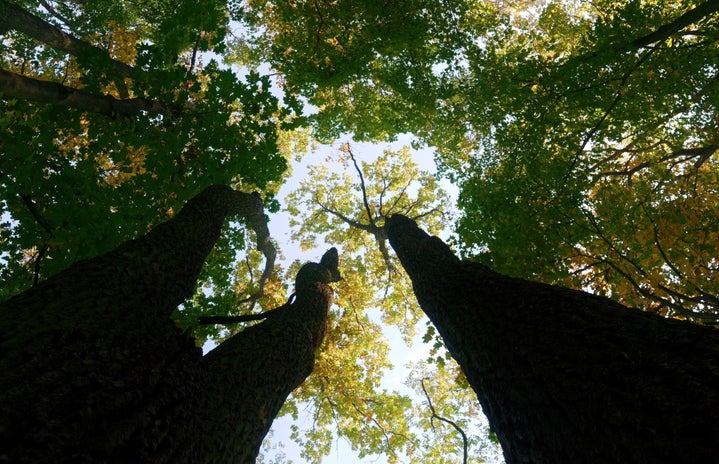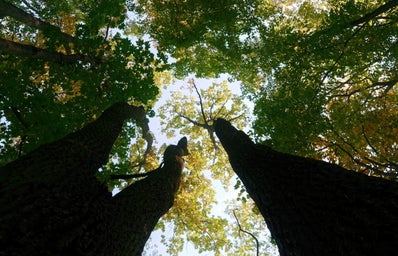This article is written by a student writer from the Her Campus at Akron chapter.
Toxic plants are everywhere, and they are closer to you than you think. Toxic plants span all over the world, including where you live. Some are exotic, others are more common. Many of them look harmless, beautiful even, however, they can pack a nasty punch. Here’s a list of six of the deadliest toxic plants around.
- Aconitum (common name: Wolfsbane, Monkshood)
Starting strong, we have Aconitum, native to Europe and Asia. It can be commonly found in moist pastures and mountainous areas. The seeds and roots of this plant are the most poisonous part of the plant and it was used as a poison on the tips of arrows when hunting wolves. The plants’ roots and leaves were also used to make the drug aconite, which was used as a cardiac and respiratory sedative.
- Atropa Belladonna (common name: Deadly Nightshade)
Native to the Mediterranean and Eurasia, the Atropa belladonna is commonly found in woods, thickets, roadsides, and waste dumps. This plant grows like a weed and every part of this plant is poisonous to people with consumption or contact to open wounds can be lethal so make sure you’re careful if you come across one!
- Daphne mezereum ( common name: February Daphne)
Native to eastern and central Europe and Turkey, the Daphne mezereum is commonly found in forests, shrubby areas, and forest margins. Every part of this plant is poisonous and can be lethal. Ingesting the berries can induce a coma or death, while all other parts of the plant can induce severe convulsions and headaches.
- Hippomane Mancinella ( common name: manzanilla de los muertes)
Also known as the ‘little apple of death’, the Hippomane mancinella is native to Florida, the Caribbean Islands, and Central and South America. Marked with a red ‘X’ or a warning sign, this plant’s ‘apples’ and leaves can lead to swelling of the throat, blistering/burning of the mouth and skin, and death. Not only that, if standing under the tree when it is raining, the drops from the leaves will blister/burn your skin.
- Cicuta Douglasii (common name: Water Hemlock)
Native to the Western United States, the Cicuta douglasii can be found near streams, marshy areas, and ponds. The superficial areas of this plant have a close resemblance to wild celery, watercress, and water parsnip. However, if the roots are consumed it may be lethal, within 15 minutes of ingestion one could experience weakness, drowsiness, dizziness, confusion, nausea, and vomiting. After a couple of hours, death is inevitable. The cicuta douglasi is also said to be one of the most violently toxic plant in North America.
- Toxicodendron Vernix ( Common name: Posion Sumac)
Native to Eastern US and Canada, the Toxicodendron vernix is commonly found in forests and moist areas. This plant has an effect much like poison ivy and poison oak with rashes, oozing, burning sensations, itching, and swelling. Even if you don’t come in direct contact with the Sumac, it’s resin can adhere to your clothing. So if not careful you might have a nasty surprise later.
These are only six of the numerous plants that you should watch out for. Not only are they close by, plants from Europe have found a way to naturalize all over the world. So watch what you touch and make sure you don’t come into contact with anything that you’ll regret later.

